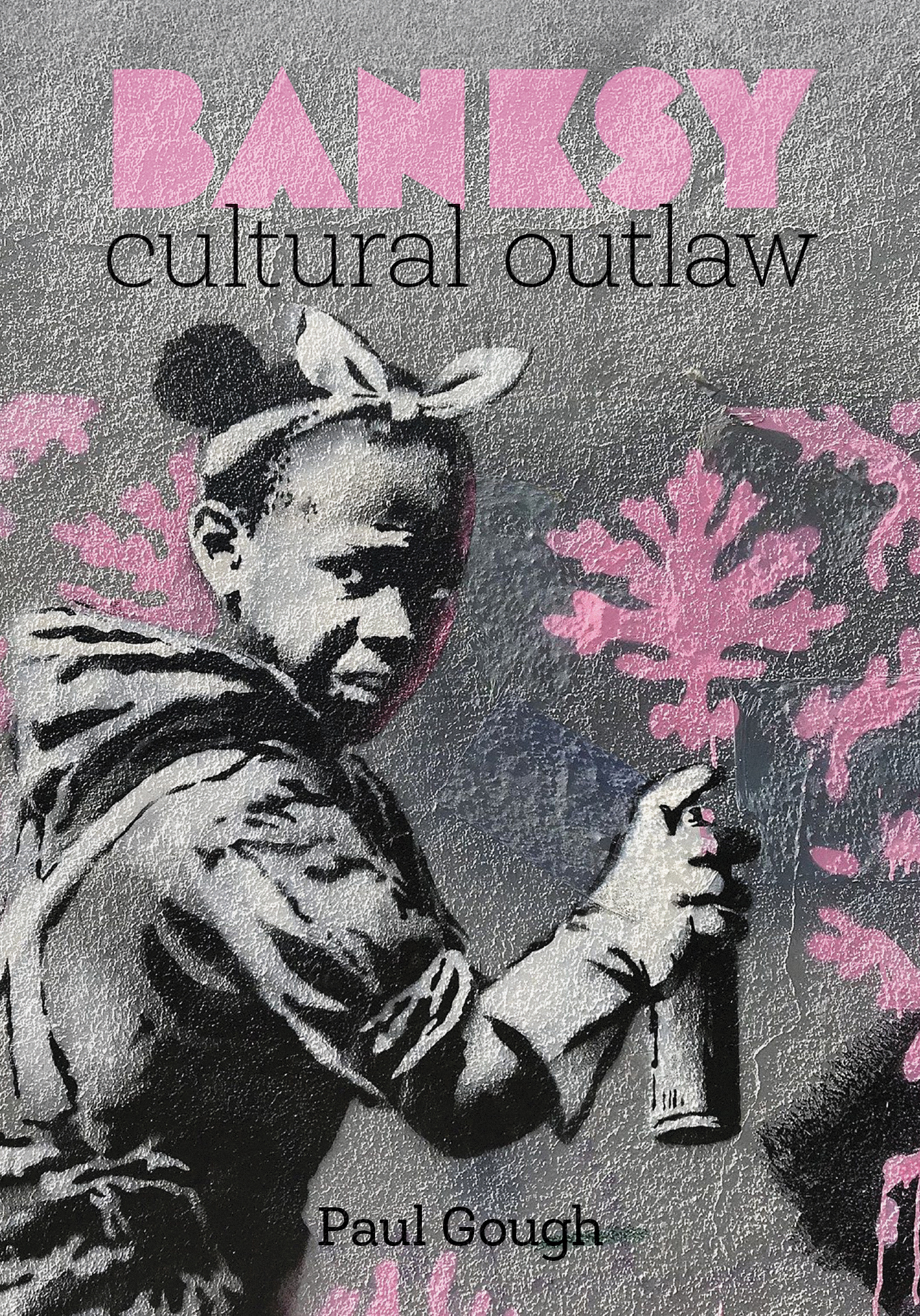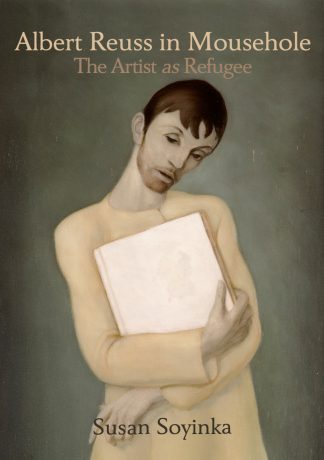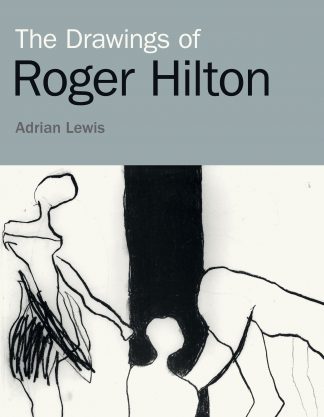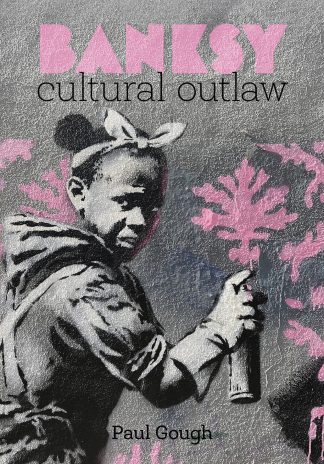Description
Banksy is always viewed through the lens of the ‘whodunnit’, as a disruptive street artist who alternates between being hailed a national treasure and urban folk hero; an imposter who has reneged on his graffiti roots. Despite his legendary status, there are many purists who think he has forsaken his street-cred for credit in the bank. But above all, we all remain obsessed by his anonymity, his high-profile invisibility, his status as the world’s most famous unknown artist.
This illustrated book takes a new approach to Banksy’s work: it looks closely at his creative output as an artist, political commentator, and cultural phenomenon. Taking a thematic approach to Banksy’s extensive practice as a stenciller, painter, curator and filmmaker, each section explores the craft, context and cultural forebears of ‘his’ work, setting it within the dominant social and political debates that have determined the artist’s visual agenda.
The book examines in detail individual artworks and also takes a critical view of the major events that have shaped Banksy’s reputation; his highly ambitious inaugural exhibitions in the USA (Barely Legal, 2003); his invasion of some of the world’s major collections – The Louvre, the Met in New York, London’s Tate Gallery and the British Museum – during 2004-5 to ‘donate’ his own artworks; the radical remixing of the collection at Bristol Museum & Art Gallery in 2009; the massive exhibition of different artist’s works at Dismaland in 2015, and the notorious shredding of his own work during a live auction at Sotheby’s.
Interposed between these set-piece chapters the book tells the unfolding story of Banksy’s emergence as an artist, with detailed analyses of his craft; the particular power of his stencilling, his comic ability to detourne old canvases, and his innovative use of words, lettering and fonts.
In short, this book is concerned with the practice of being Banksy, focussing on the craft behind his art, the visual language he has adopted and prefers, his artistic habits and tricks. It explores the way he both embraces the past (though art historical references) but also grasps the realities of a challenging global socio-economic dynamic – creating iconic and meaningful images that summarise a moment in time.





